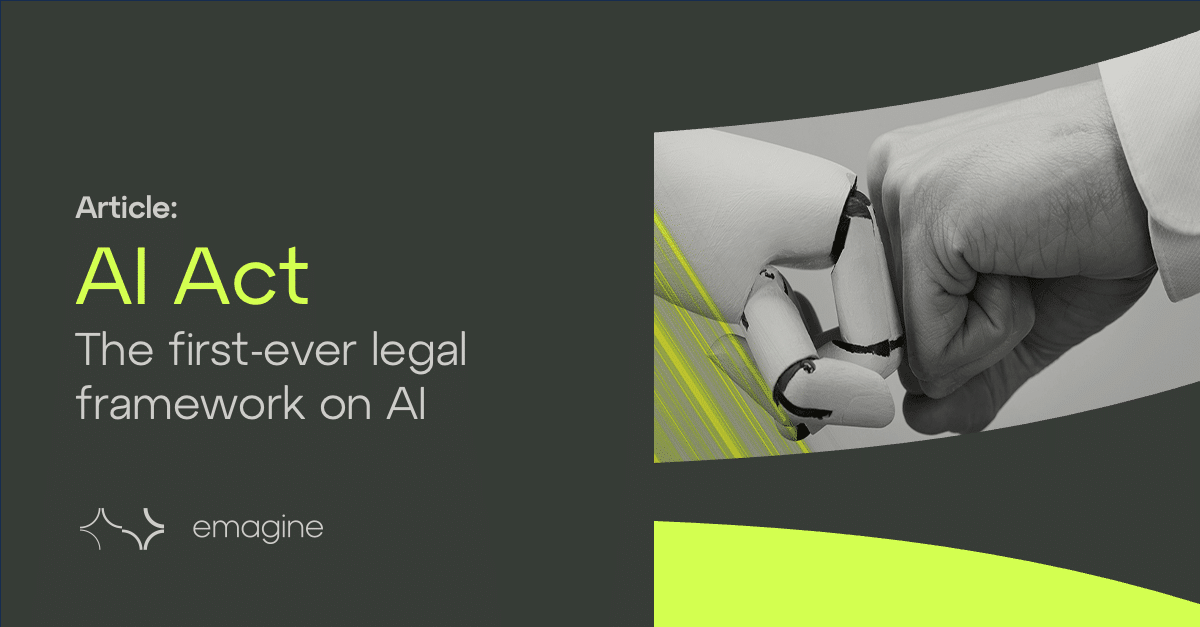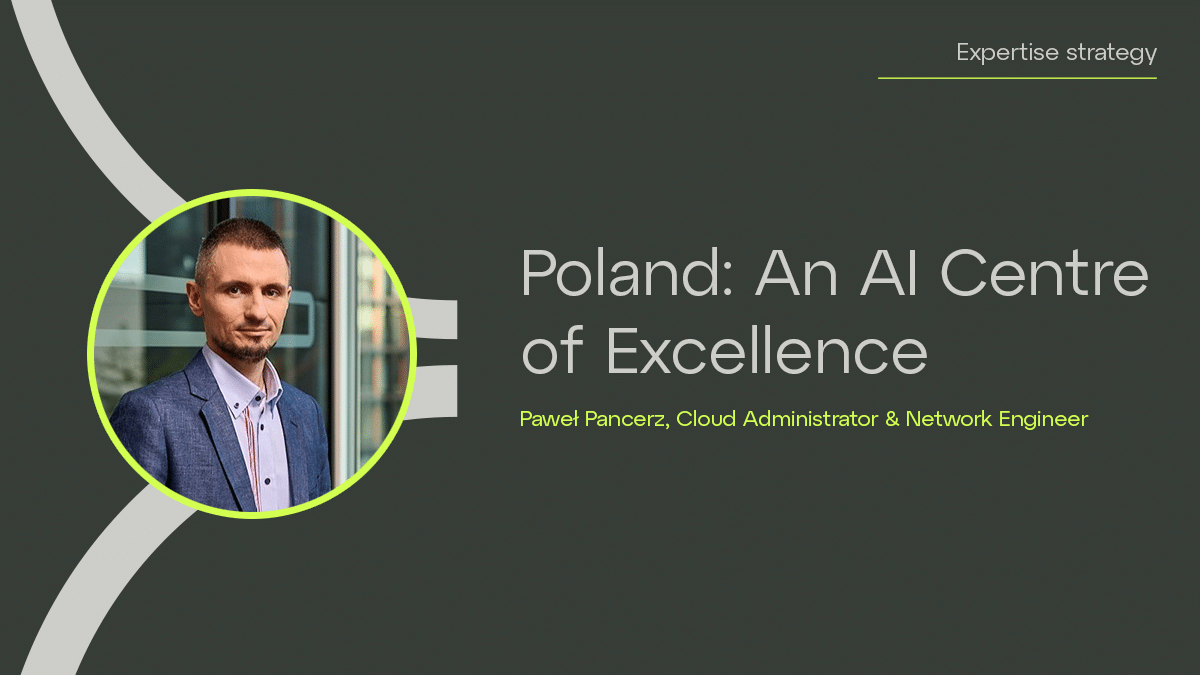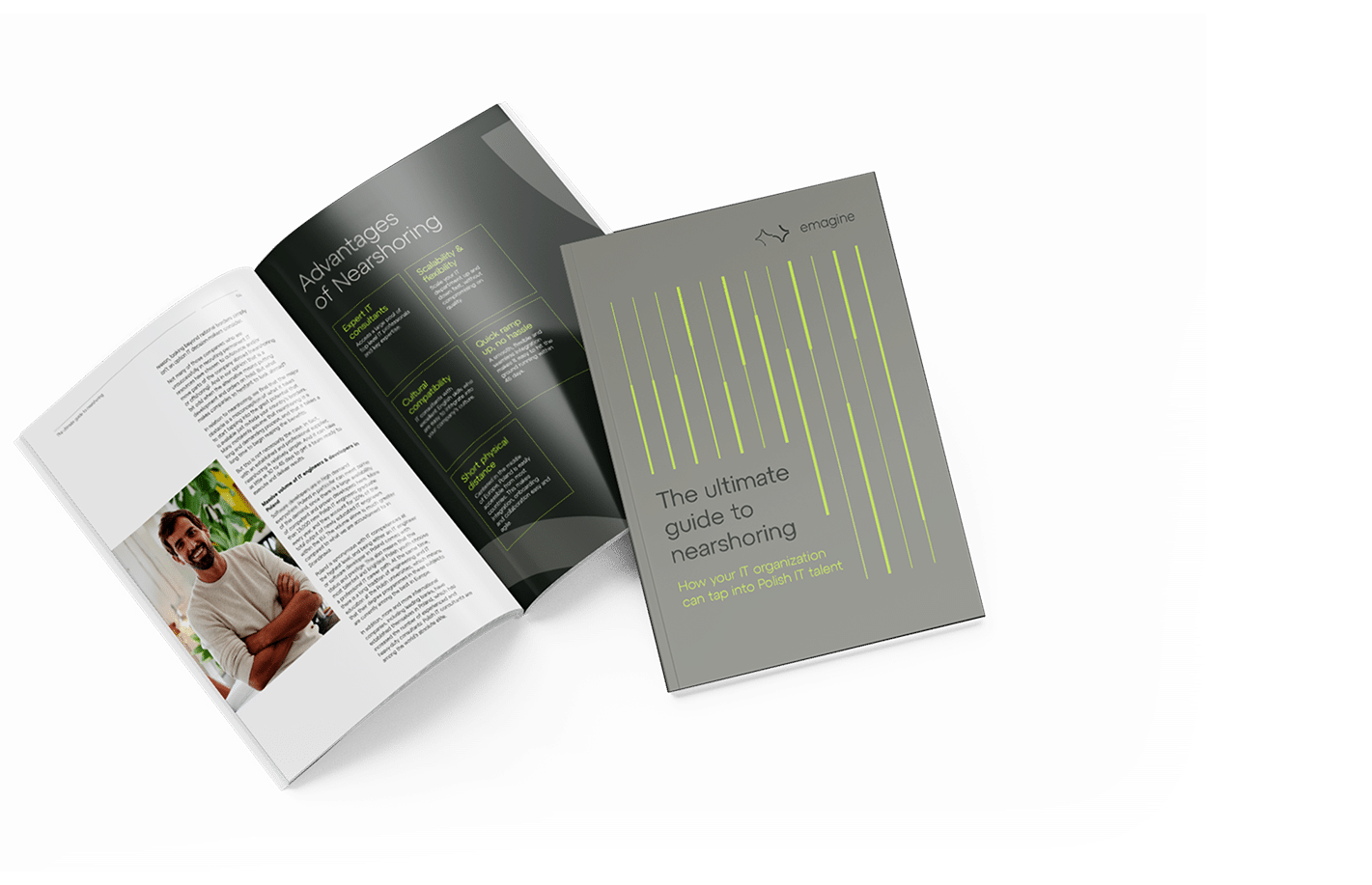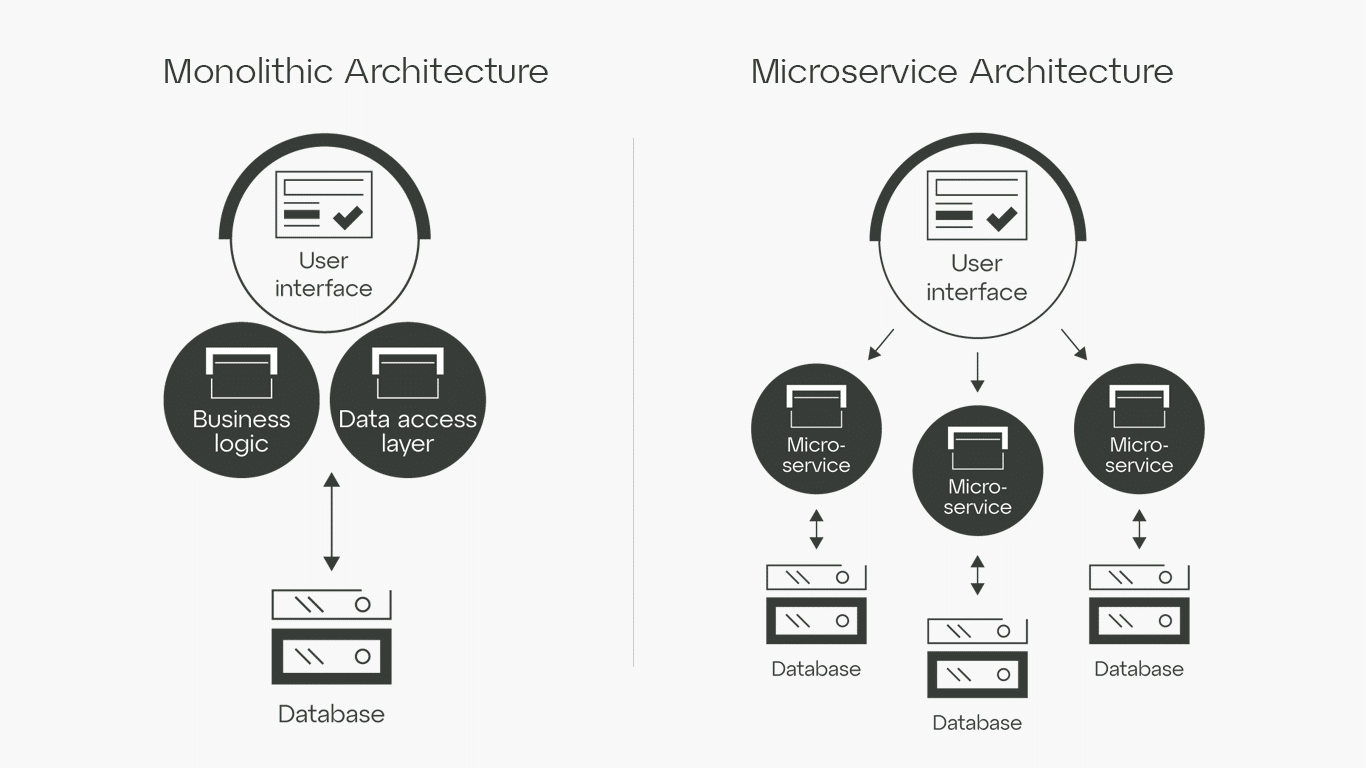Ask us how we can help you succeed.
Both methods involve using a third party to bring in skilled consultants to enhance a company's workforce capabilities over a fixed period of time, but they differ in their approach, benefits, and outcomes.
In essence, MRS offers a comprehensive and strategic solution by outsourcing the entire contingent staffing process to a third party, while traditional staff augmentation is often used to cover more specific, short-term needs, where the client retains a higher degree of control. The choice between the two depends on the overall goals and priorities of the business.
What is traditional staff augmentation?
New projects often put pressure on businesses. The increased workload and tight deadlines can prompt the need for project managers and business analysts to supplement existing teams for a limited period of time with external technical or business resources.
These additional team members need to have strong skill sets and work to a high level to deliver value within the existing, permanent team. They often bring specific technical expertise that may not be readily available in the client team, or would represent too great a challenge to hire on a permanent basis.


















































